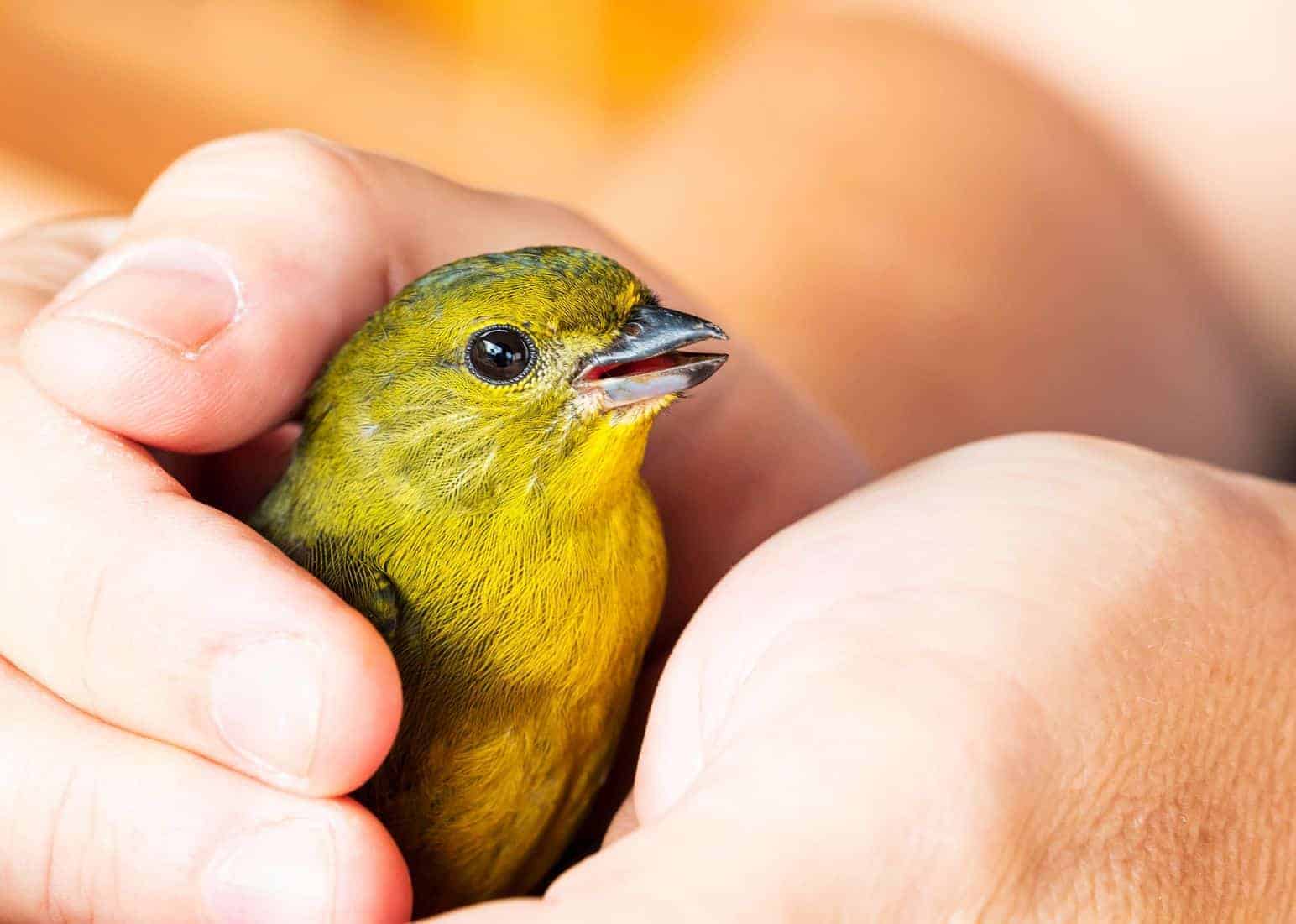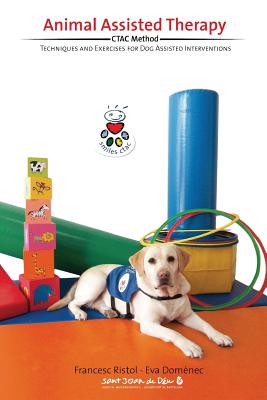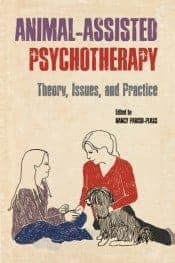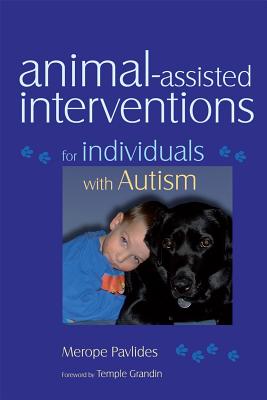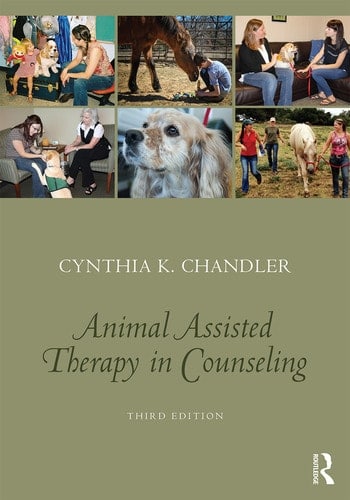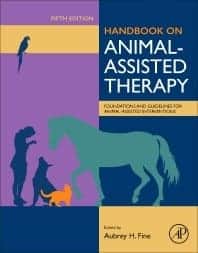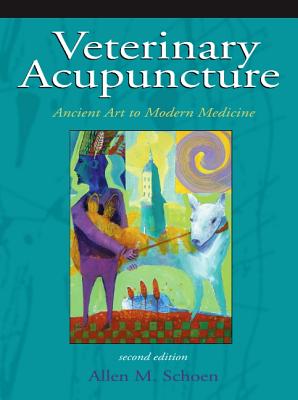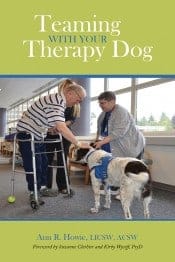Therapy
Animal-Assisted Therapy: Overview and Effectiveness
THC Editorial Team December 11, 2020

Contents
- Overview
- What Is Animal-Assisted Therapy?
- Conditions Commonly Treated by Animal-Assisted Therapy
- Potential Benefits of Animal-Assisted Therapy
- How Does Animal-Assisted Therapy Work?
- Effectiveness of Animal-Assisted Therapy
What Is Animal-Assisted Therapy?
Animal-assisted therapy (AAT) is a goal-directed form of therapy in which trained animals, such as dogs, cats, horses, and birds are incorporated into people’s healing or mental health treatment processes. AAT uses human–animal connections to improve the mental health of individuals.
Through evolution, certain human–animal bonds have become powerful, mutually beneficial forces that improve the well-being of both people and animals. For example, the domestication of cats and dogs has resulted in mutualistic relationships in which cats and dogs benefit by being cared for, groomed, and fed while humans benefit by having an affectionate companion.
The premise of AAT is that these invisible ties may profoundly impact the lives and health of individuals when they are bolstered through practices that foster healthy relationships and establish trust between therapy animals and human clients.
AAT uses human–animal connections to improve the mental health of individuals.
Conditions Commonly Treated by Animal-Assisted Therapy
Individuals of any age can participate in AAT. It is particularly beneficial for people who deal with the following conditions:
- depression1
- anxiety1
- Alzheimer’s or other forms of dementia1
- autism2
- medical disorders2
- developmental delays2
- alcohol or drug addiction3
- schizophrenia3
- posttraumatic stress disorder (PTSD) and traumatic experiences (e.g., physical or sexual abuse)4
Potential Benefits of Animal-Assisted Therapy
According to scientific research, AAT can improve the following:
- physiological and psychological responses to stress5
- communication and social integration5
- emotional availability in children5
- mood3
- self-esteem/self-efficacy3
- quality of life3
- symptoms of schizophrenia and/or serious mental disorders3
- immune function6
- self-care6
- life satisfaction6
- focus6
- emotional well-being2
According to scientific research, AAT can reduce the following:
- feelings of isolation and loneliness5
- stress as indicated by decreased cortisol levels5
- trauma symptoms1
- anxiety3
- depression6
- self-reported physical and emotional pain6
- autism-spectrum symptoms2
- medical difficulties2
- behavioral problems2
How Does Animal-Assisted Therapy Work?
Within AAT, animals are extensively trained to be patient with humans and to recognize human displays of fear, anger, sadness, discomfort, and other emotions. The animals are then taught to imitate these emotions and therefore offer clients a type of mirror to encourage self-awareness. In addition, animals are trained to understand human emotions in order to react to what individuals feel and display in ways that comfort clients.
Unlike animal-assisted activities (AAAs) and animal-assisted interactions (AAIs), AAT is conducted by a licensed therapist or practitioner who sets specific goals and objectives for the client.4
Depending on the specific animal involved, AAT may be held in a variety of places.5 In addition to medical settings, it can take place in nursing homes, prisons, universities, homeless shelters, and other places where the need for stress relief is endemic. It can occur as individual or group therapy, or it can be combined with other therapies, such as cognitive behavioral therapy.2 In general, clients usually determine the duration of AAT; they can choose to participate in AAT for a few weeks or even for several months.2
The three most common forms of AAT are canine-, feline-, and equine-assisted therapy.
Within AAT, animals are extensively trained to be patient with humans and to recognize human displays of fear, anger, sadness, discomfort, and other emotions.
Canine-Assisted Therapy
In training schools, therapy dogs are obedience trained and are taught to possess calm temperaments and comfort individuals through physical contact.7
During a canine-assisted therapy session, a trained handler will bring the therapy dog to the patient and allow the patient to interact with it.7 Therapists will usually provide handlers with instructions and guidance to ensure that patients interact with therapy dogs in ways that help patients achieve their goals. A therapist or practitioner does not have to be present during the session.
Feline-Assisted Therapy
Feline-assisted therapy can take place either in a therapeutic institution where the cat resides permanently or in a different location where the cat is brought to the patient by a trained therapist.8
The calm presence of cats, their purring, and their soft fur result in psychological benefits for the patient.8
Equine-Assisted Psychotherapy
This form of AAT takes place in an equestrian facility and involves a horse, a therapist, and a handler who specializes in training horses.9
Equine-assisted therapy does not always include riding the horse; instead, it might consist of performing ground exercises with the animal, grooming it, or feeding it.
Horses are similar to humans in some of their behavioral responses and social structures, which provides the patient with a mirror to gain insight in a unique and nonthreatening environment.9
Effectiveness of Animal-Assisted Therapy
Multiple studies have demonstrated that individuals of all ages benefit from AAT. One study involving 30 adult patients with schizophrenia showed significant improvements in both self-esteem and self-determination after 2 months of weekly 50-minute canine-assisted therapy sessions.3
Another study involving 24 patients with chronic schizophrenia who participated in canine-assisted therapy demonstrated significant improvements in social contact, positive and negative schizophrenia symptoms, and quality of life in terms of social relationships.3
A study of 40 older adults in a rehabilitation unit showed that only 10 days of bird-assisted therapy resulted in a significant decrease in depression.3
Additionally, a study of 28 adults with clinical depression who participated in AAT demonstrated a significant decline in depression and a significant increase in self-efficacy.
Finally, a meta-analysis of eight studies with participants between 8 and 62 years of age with PTSD who had suffered various traumas showed that AAT resulted in significant improvements in measures of trauma, depression, and anxiety.1
The results from these and numerous other studies are promising and indicate the need for further research on AAT and its various forms. As more studies are conducted and demonstrate its efficacy, this form of therapy can be further incorporated in psychotherapy.







